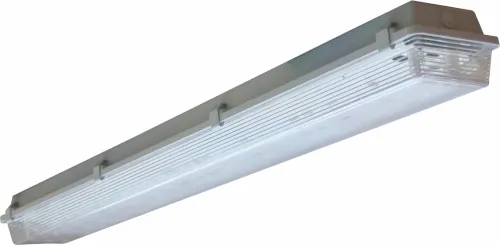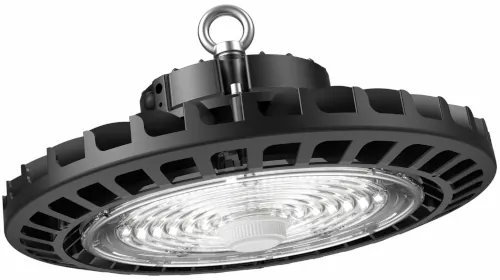Since its very inception, mining has always represented one of the most tumultuous working environments; fraught with any number of hazards and dangers.
Some of these dangers can be seen, but the worst of them cause accidents because they are not.
The way that these confined spaces are lit has made a huge difference to their safety factor over the years; but things weren’t always like they are now.
Over centuries of operation, mines have become safer and more productive due to countless developments from mining lighting manufacturers and their extensive research into how to light mines more effectively, economically and safely.

Let’s take a look at some of these milestones here:
The Dangers of Methane
To consider how many deaths were caused in the early days of mining thanks to this colourless, odourless but highly toxic and flammable gas, it is no surprise that years of research and development had to be conducted to find ways of working around it; particularly in coal mines where it is densely concentrated.
These days, lighting systems have been designed that use minimal power so that if a short should occur, it wouldn’t create a spark. This means that there would be no catalyst to spark ignition when coming into contact with methane; which meant fewer accidents were caused from explosions in coal mines.
The Eradication of Nystagmus Disease
Nystagmus disease once plagued almost all mine workers. It is an involuntary, rapid movement of the eyes that results in blurred vision, dizziness and a loss of balance and orientation.
This was caused by working in low light conditions, particularly in coal mines where light was reflected from coal to cause a glair.
With modern mine lighting techniques, this has pretty much been eradicated, thanks to more consistent lighting conditions.
Dealing with Radiometric Energy Concerns
Radiometric energy is emitted by HID light sources, which have been used in mines for ages. This type of energy instructs our body cycles as to how to react to ambient lighting. In mining operations, where there is consistent exposure to this energy, the results were unsettling; resulting in insomnia, a range of psychological disorders due to responses in the body triggered from radiometric energy.
But HIT lighting offers exceptional visibility, and so is still used in mines today. However, they are typically cased in carefully developed containers that shield workers and keep them below the radiometric threshold, allowing them to work safely.
Contact Nordland Lighting to Benefit from Centuries of Research
Mine lighting is constantly developing through careful and targeted research, becoming more effective, economical and safer with each passing moment.
If you would like to know about how your operation can benefit from the latest technology in mine lighting, be sure to contact a representative from Nordland Lighting today, or visit our website for additional details on our offers.






